Sound Mastery: Top Lavalier Microphones for Podcasting and Live Streaming in 2023
Enhance your podcasting and livestreaming experience with our curated selection of top-notch wired lavalier microphones. These compact gems deliver exceptional audio quality, designed for content creators prioritizing clarity and convenience.
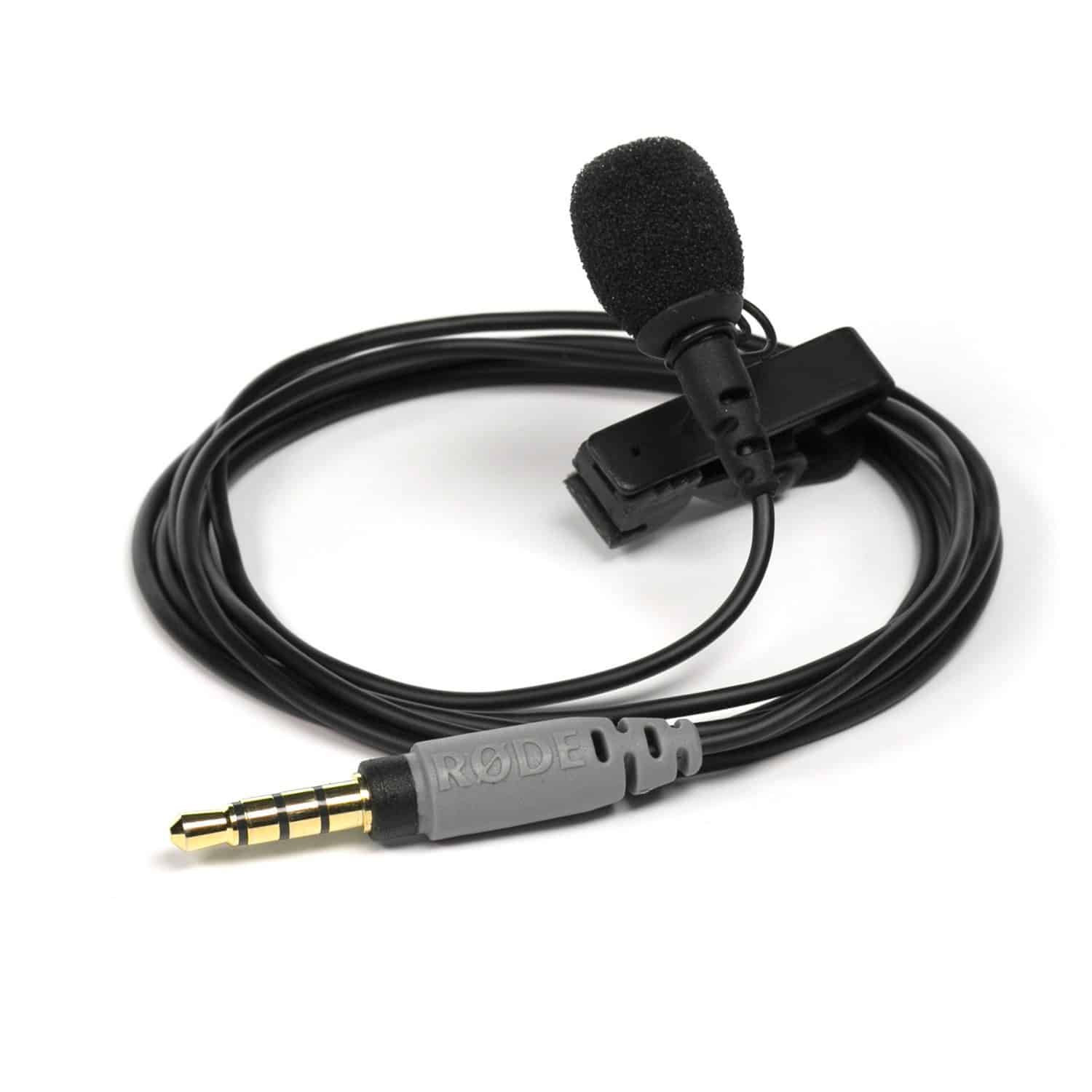
Meet the Rode smartLav+, a professional-grade lavalier mic tailored for smartphones and tablets. Its omnidirectional condenser capsule ensures crystal-clear sound with remarkable detail. What sets it apart? Compatibility with the Rode Rec app, granting on-the-go audio recording and editing. With features like EQ controls, compression, and noise reduction, this mic is a versatile companion for podcasters, journalists, and vloggers.
2. Shure MVL
Compact and affordable, the Shure MVL is a plug-and-play solution for smartphones and mobile devices. Ideal for interviews and podcasts, its condenser microphone element delivers clear and detailed sound. The simple design requires no additional software or drivers, making it compatible with iPhones, Android phones, and tablets. Accessories like a windscreen and clothing clip ensure discreet mounting, making it an excellent choice for budget-conscious content creators.
3. Audio-Technica ATR3350iS
For excellent sound quality across various devices, consider the Audio-Technica ATR3350iS. Its omnidirectional pickup pattern captures sound from all directions, perfect for podcasting. Accessories like a clip and windscreen enhance audio quality, making this an affordable yet versatile choice for podcasters aiming to elevate their recordings.
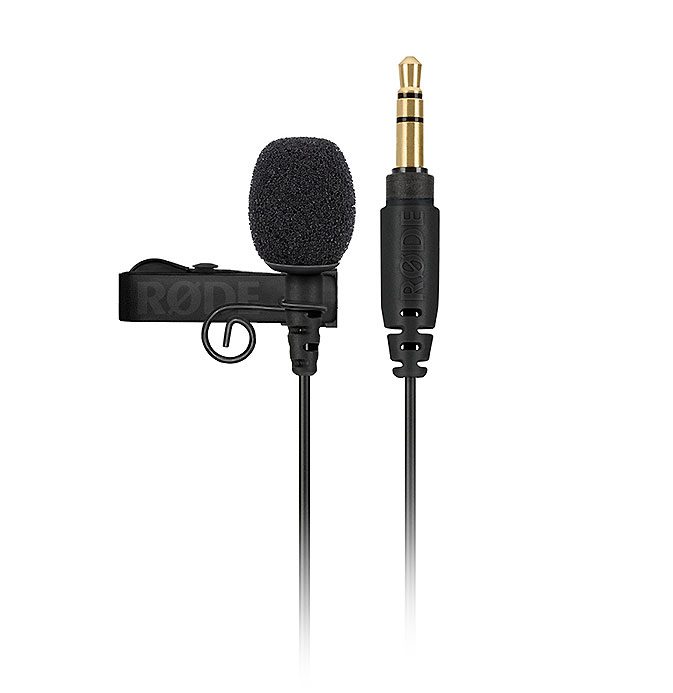
Improve your video and podcast audio with the Rode Lavalier GO. This lightweight mic clips easily onto clothing, featuring an omnidirectional condenser capsule for natural and clear sound. Compatible with most recording devices, its Kevlar-reinforced cable ensures durability for regular use.
5. Audio-Technica AT899 Subminiature
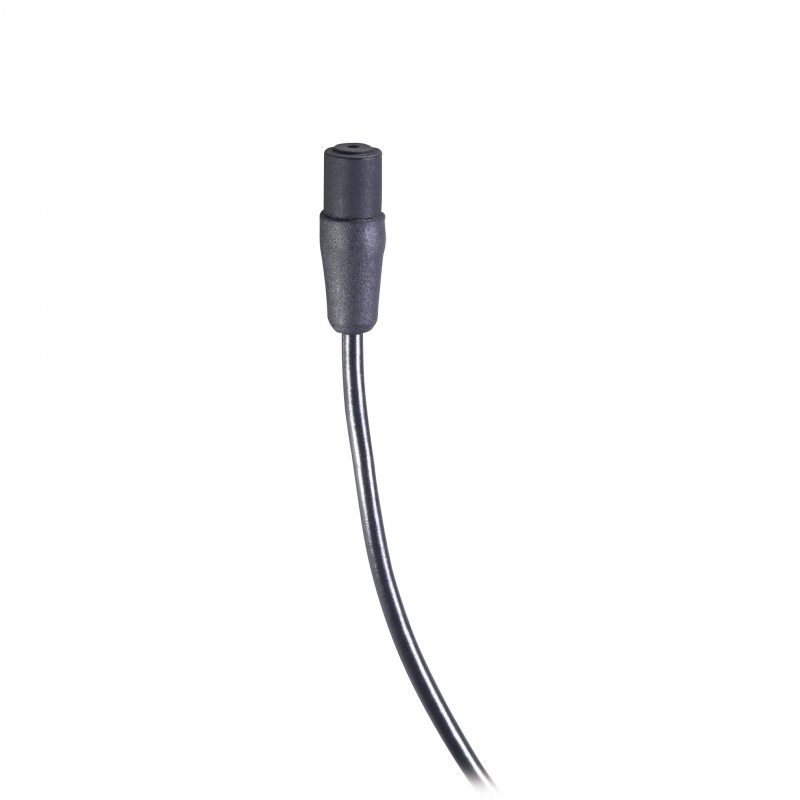
Small and discreet, the Audio-Technica AT899 Subminiature captures a wide audio range with its omnidirectional polar pattern. Resistant to noise interference and equipped with accessories like a clothing clip and windscreen, it’s an excellent choice for those prioritizing discretion and versatility. Keep in mind that phantom power is required for operation, ensuring compatibility with various recording equipment.
Explore the pinnacle of wireless lavalier microphones, tailored for diverse applications, including DSLR camera setups. Elevate your audio game with these top-notch options:
1. Rode RodeLink Filmmaker Kit
Unleash professional-grade audio with the Rode RodeLink Filmmaker Kit, a comprehensive package comprising a transmitter, receiver, and lavalier microphone. Seamlessly delivering crisp and clear sound, this kit boasts a generous range of up to 100 meters. Perfect for podcasters on the move, it facilitates interviews and conversations with freedom of movement. Advanced settings like gain adjustment and channel selection provide meticulous control over your audio recordings.
2. Sennheiser XSW-D Portable Lavalier Set
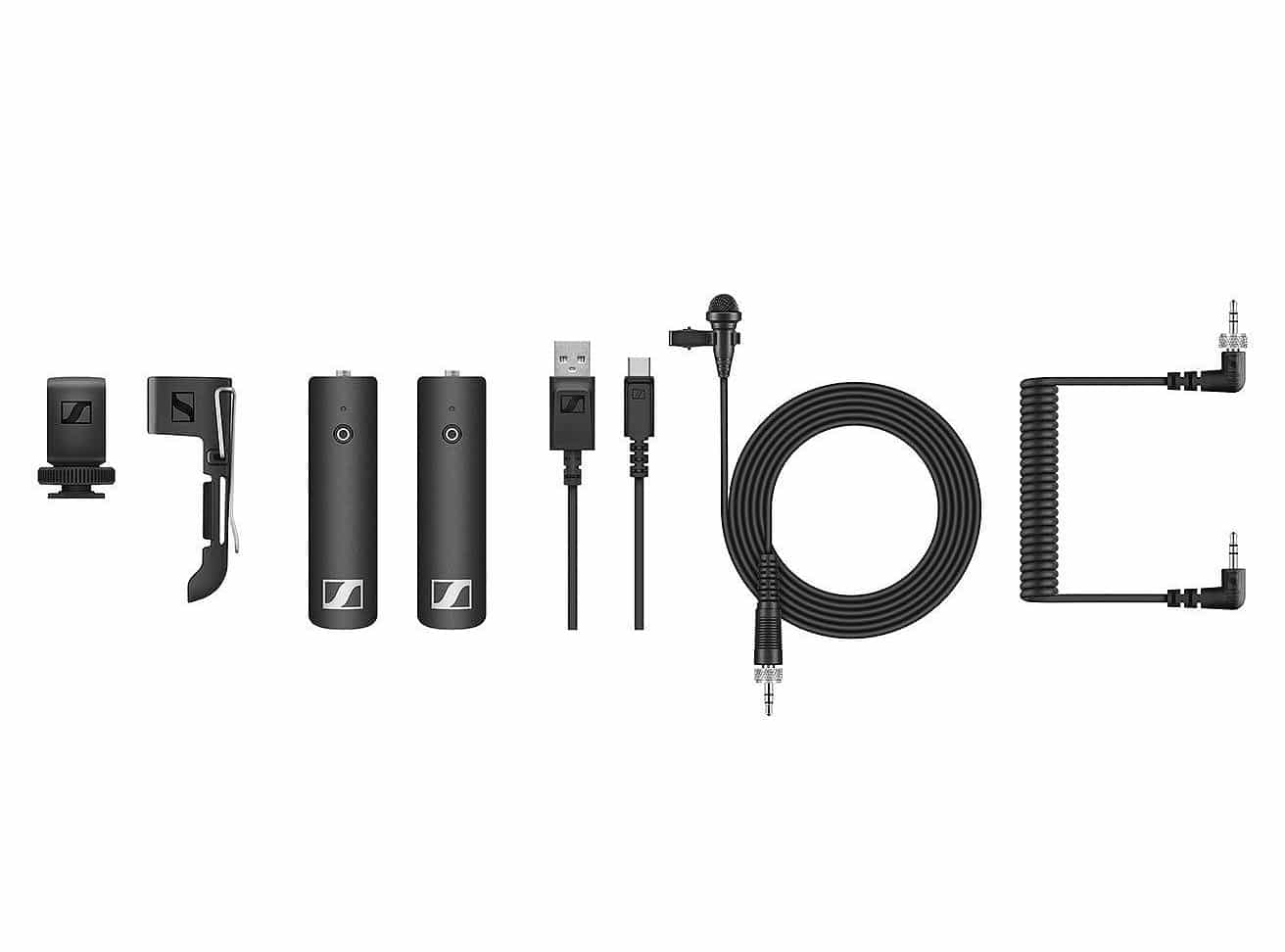
Step into the world of wireless excellence with the Sennheiser XSW-D Portable Lavalier Set. This set includes a bodypack transmitter, receiver, and a clip-on lavalier microphone, operating on a 2.4GHz frequency band with a range of up to 75 meters. Effortless to use with automatic frequency management and one-touch synchronization, it offers real-time monitoring and recording capabilities. Compact, portable, and boasting five hours of battery life, it comes complete with accessories like a belt clip, USB charging cable, and storage pouch.
3. Saramonic Dual Wireless Lavalier Microphone Bundle
Ideal for podcast teams or interviews, the Saramonic Dual Wireless Lavalier Microphone Bundle includes two bodypack transmitters, clip-on lavalier microphones, and a dual-channel receiver. Operating on a 2.4GHz frequency band with a range of up to 50 meters, this bundle ensures flexibility and easy monitoring with an LCD display, adjustable volume, and a headphone output on the receiver.
Wireless Lavalier Mics For Smartphones
Tailored for smartphone podcasting models, these lavalier mic seamlessly integrate with your devices:
1. Samson Go Mic Mobile Lavalier System
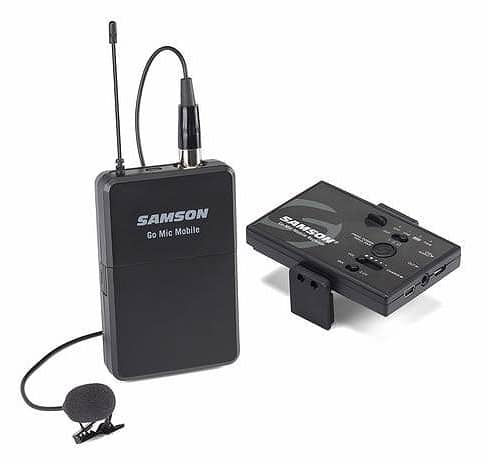
Designed for smartphones and cameras, the Samson Go Mic Mobile Lavalier System offers a 2.4GHz frequency band with a range of up to 30 meters. This system, consisting of a transmitter, receiver, and clip-on lavalier microphone, provides real-time monitoring and recording capabilities, complemented by a range of accessories.
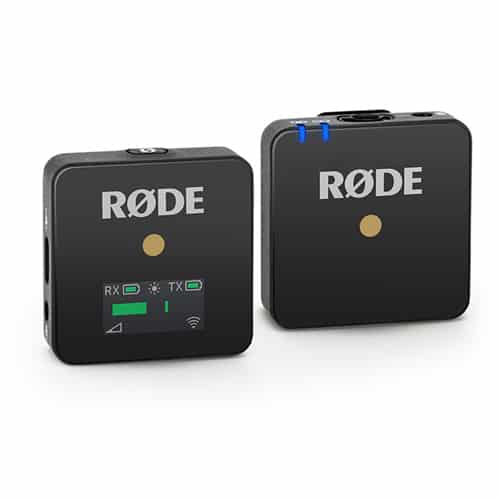
Compact and efficient, the Rode Wireless GO is a wireless microphone system featuring a 2.4GHz frequency band and a built-in omnidirectional microphone. With a range of up to 70 meters, this system, comprising a transmitter and receiver, includes essential accessories and offers real-time monitoring and recording capabilities.
What to Consider Before Buying the Best Lavalier Mics
Before making your purchase, consider factors such as your specific podcasting needs, range requirements, and desired features. Explore the versatility and advanced capabilities of these wireless lavalier microphones to enhance your content creation experience.
Lavalier microphones are available in both wired and wireless configurations, and the choice between the two hinges on your specific requirements and the intended usage environment.
Wired lavalier microphones provide consistent and reliable audio quality without the risk of signal dropouts or interference. They are cost-effective and don't require batteries or charging, offering convenience. However, the attached cable can limit mobility and may pose visual or practical challenges if tangled or caught.
Conversely, wireless lavalier microphones offer enhanced mobility and flexibility. Users can move freely without being tethered by a cable, ideal for performers or presenters who need to navigate a stage or camera space. However, this freedom comes at a higher cost, and wireless mics are susceptible to signal dropouts, especially in environments crowded with wireless devices or radio frequencies. Additionally, they require batteries or charging.
Considerations about power source become crucial, given that most lavalier microphones are condenser mics requiring external power. High-quality rechargeable batteries offer a sustainable and cost-effective solution over time, though with a higher initial investment. Some models can also utilize phantom power from external equipment, while others draw power through a 3.5mm jack. Battery packs are available for broader device compatibility.
Microphones feature different pickup patterns, either omnidirectional or cardioid. Omnidirectional mics capture sound evenly from all sides, making them versatile for varied placements. In contrast, cardioid mics are directional, demanding precise positioning but excel in noisy environments due to better side sound rejection.
Durability is a key factor, as lavalier microphones often endure rough handling. The best models are designed to withstand physical stress and provide protection against low levels of moisture, ensuring reliable performance in challenging conditions.
Attachments, such as clothing clips, magnetic clips, foam windscreens, and pop filters, enhance functionality and adaptability to diverse scenarios. Some microphones come with additional accessories like adapters, extension cables, or storage cases for transportation and protection.
Connectors on lavalier microphones vary, with common types being XLR and TRS. XLR connectors are three-pin and widely used in professional audio equipment, while TRS connectors, also known as mini jacks, are prevalent in portable devices. Wireless systems often use the TA4F connector, a four-pin mini XLR, requiring consideration of compatibility and potential need for adapters in your setup.

Comments
Post a Comment